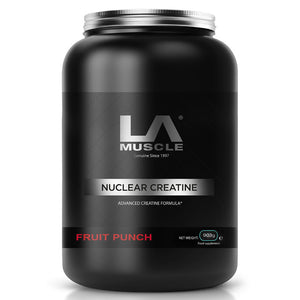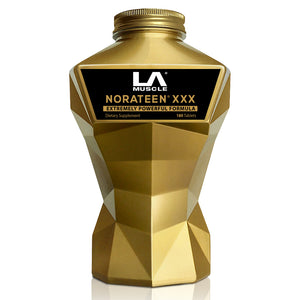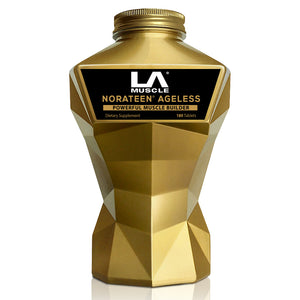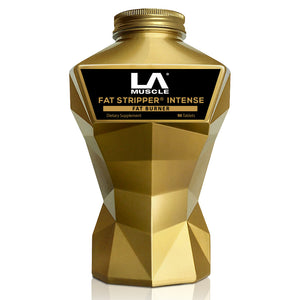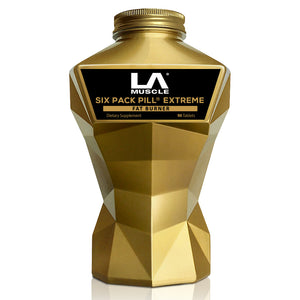
Hair loss affects millions worldwide, causing significant emotional and aesthetic concerns. While conventional treatments such as minoxidil, finasteride, and hair transplantation are widely known, this article explores ten unconventional yet potentially effective methods for stimulating hair regrowth. These alternatives are evaluated based on their scientific plausibility, mechanisms of action, and available empirical evidence.
Hair loss, or alopecia, can be driven by genetic factors, hormonal imbalances, nutritional deficiencies, or environmental stressors. Traditional treatments often come with side effects or have limited efficacy for some individuals, prompting the exploration of alternative methods. This article investigates ten unconventional strategies for hair regrowth, drawing from diverse scientific disciplines and traditional practices.
1. Scalp Microneedling
Mechanism of Action
Microneedling involves using fine needles to create micro-wounds on the scalp, which can stimulate the wound healing process and increase blood flow, potentially enhancing the delivery of nutrients necessary for hair follicle health.
Scientific Evidence
Studies have shown that when combined with conventional treatments like minoxidil, microneedling can significantly improve hair regrowth outcomes.
2. Essential Oils
Mechanism of Action
Certain essential oils such as peppermint and rosemary have been hypothesized to stimulate hair growth by improving blood circulation and exerting anti-inflammatory effects.
Scientific Evidence
Research indicates that peppermint oil, in particular, has shown promising results in promoting hair growth without substantial adverse effects.
3. Autologous Platelet-Rich Plasma (PRP) Therapy
Mechanism of Action
PRP therapy involves injecting a concentration of platelet-rich plasma derived from the patient’s own blood back into the scalp. This plasma contains growth factors that may encourage hair follicle activity.
Scientific Evidence
Multiple studies suggest that PRP can be effective in treating androgenetic alopecia, though results can vary widely between individuals.
4. Low-Level Laser Therapy (LLLT)
Mechanism of Action
LLLT uses specific wavelengths of light to stimulate cellular activity in the hair follicles, purportedly enhancing growth and reducing inflammation.
Scientific Evidence
Clinical trials have shown positive results with LLLT, making it a promising alternative for those seeking non-pharmacological treatment options.
5. Caffeine-Based Treatments
Mechanism of Action
Caffeine is believed to counteract the suppressive effects of testosterone on hair follicle growth by targeting DHT in the scalp.
Scientific Evidence
Although more commonly known for its presence in shampoos and topical applications, caffeine has shown to be potentially effective in in vitro studies in promoting hair follicle growth.
6. Nutritional Supplements (e.g., Saw Palmetto, Pumpkin Seed Oil)
Mechanism of Action
These supplements may inhibit 5-alpha reductase, an enzyme responsible for the conversion of testosterone into DHT, a leading cause of hair loss.
Scientific Evidence
Clinical studies provide mixed results; however, anecdotal evidence and smaller studies suggest some potential for hair regrowth.
7. Yoga and Meditation
Mechanism of Action
Stress reduction through yoga and meditation could mitigate hair loss attributed to stress (telogen effluvium).
Scientific Evidence
While direct evidence linking yoga and hair growth is sparse, the overall health benefits of stress reduction support its potential indirect role in reducing hair loss.
8. Scalp Massage
Mechanism of Action
Regular scalp massages may improve blood circulation to the scalp, thus providing hair follicles with more nutrients and oxygen.
Scientific Evidence
A small study indicated that daily scalp massages increased hair thickness by stretching the cells of hair follicles, stimulating them to produce thicker hair.
9. Traditional Chinese Medicine (TCM)
Mechanism of Action
TCM approaches often involve herbal treatments and acupuncture to improve scalp health and correct internal imbalances purported to cause hair loss.
Scientific Evidence
While widely used in East Asia, clinical validation in Western medicine remains limited, necessitating further research.
10. Onion Juice Application
Mechanism of Action
Onion juice is rich in sulfur, which is thought to have antibacterial properties and to improve blood circulation to the hair follicles.
Scientific Evidence
A small study found that the application of onion juice to the scalp twice daily enhanced hair regrowth in patchy alopecia areata.





